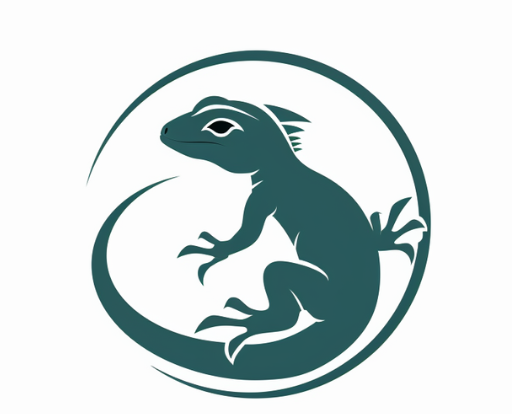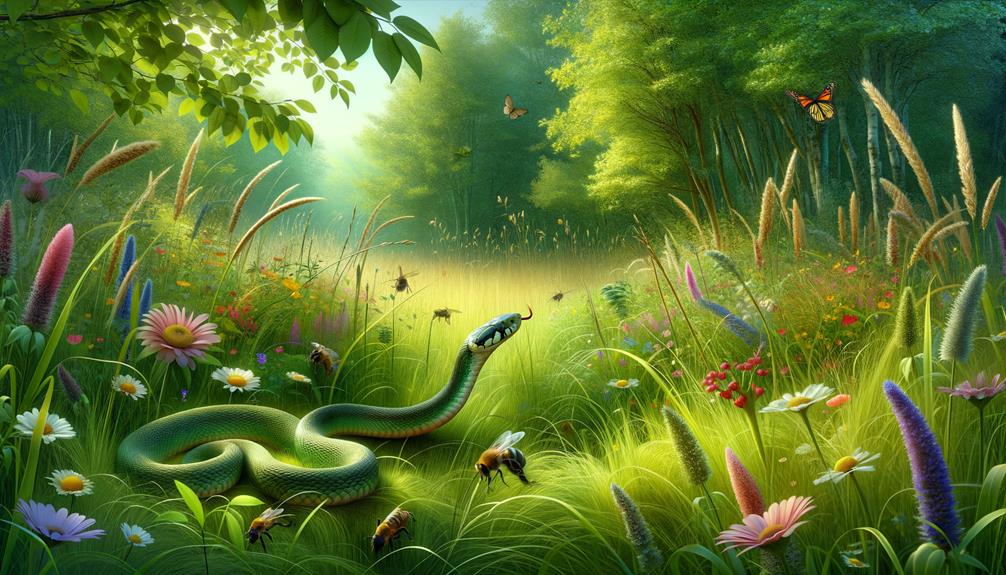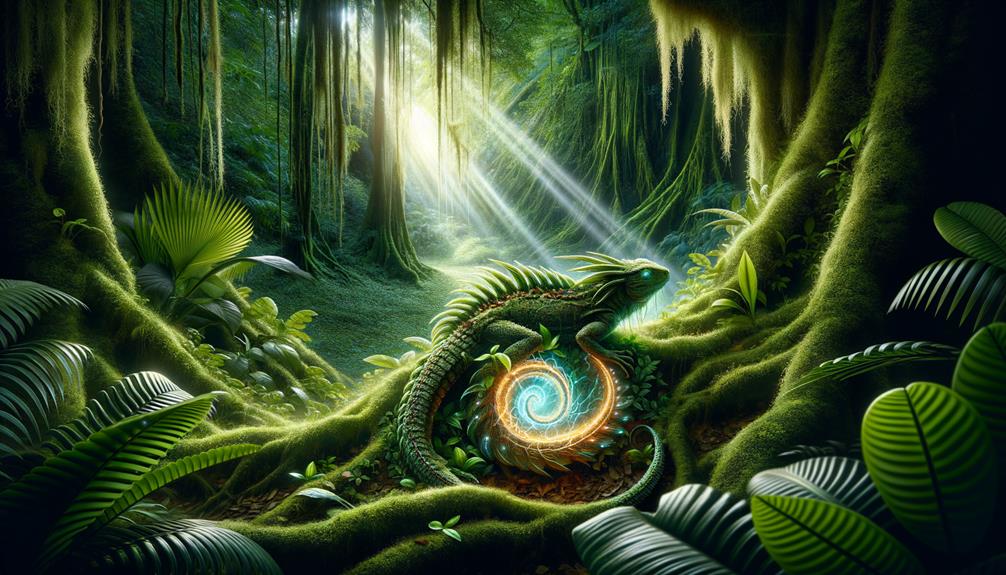Reptiles aren't as dull as we once thought. Old stories and books painted them as slow and dim, but new research tells a different tale. Take tortoises – they can crack puzzles. And anole lizards? They switch up how they hunt, showing they can think on their feet. What might look like simple behavior often hints at complex thinking. We've been wrong about reptiles for a long time, partly because of how they're shown in movies and TV. But scientists are changing that view. These scaly creatures are smarter than we gave them credit for, and it's time we rethink what we know about animal smarts. There's still lots to learn about these crafty critters.
Origins of the Reptilian Myth
The notion that reptiles lack intelligence has puzzled many for years. This widespread belief, portraying reptiles as slow and driven purely by instinct, has deep historical roots. Tracing its origins reveals how early misconceptions about reptile behavior and physiology shaped this enduring stereotype.
Ancient cultures often linked warmth with vitality and intelligence. Because reptiles are cold-blooded, people viewed them as less animate and, by extension, less clever. Medieval texts further cemented this bias, often depicting reptiles as evil and lethargic. These portrayals reinforced cultural narratives about reptilian dimwittedness.
More recent history also contributed to this misconception. Early naturalists and explorers, observing reptiles in captivity or unfamiliar settings, saw animals that appeared unresponsive and inactive. They failed to recognize that stress and unsuitable environments caused these behaviors.
Digging into the roots of this myth highlights the need to challenge outdated ideas. Recognizing that intelligence isn't limited to warm-blooded animals opens up new perspectives on the animal kingdom.
Scientific Perspective on Reptiles
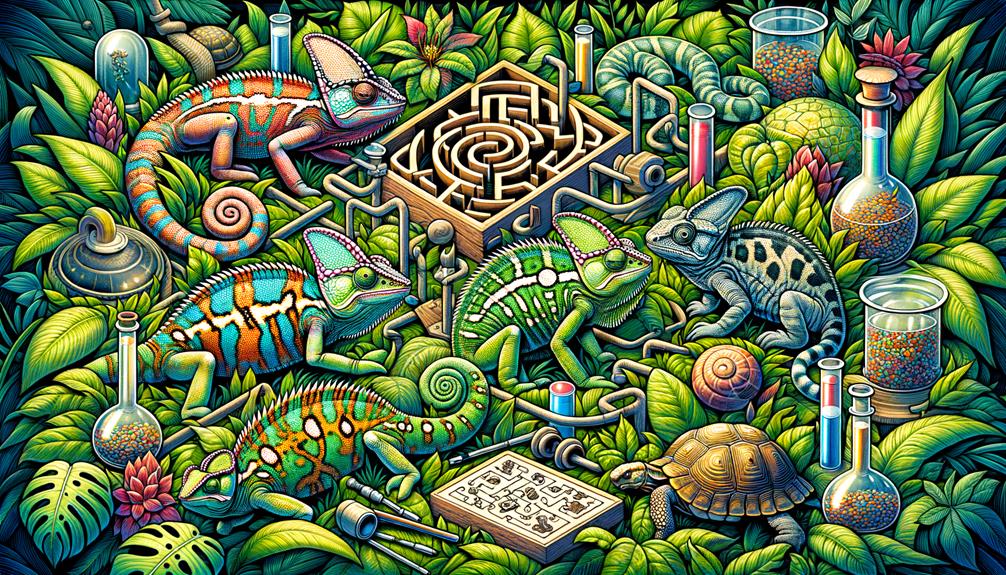
Recent studies challenge old notions about reptiles, showing they're smarter than we thought. These cold-blooded creatures display impressive mental skills, matching many mammals and birds.
Take Moses, a tortoise who figured out a maze to get strawberries. She didn't just follow her nose; she used her brain. This kind of problem-solving hints at complex thinking.
Anole lizards have shown they can come up with new ways to catch food. This flexibility in hunting suggests they can reason and adapt.
We often think of turtles as slow, but some species can move quickly when they need to. They react fast to danger, showing they're alert and aware of their surroundings.
These findings point to three key observations:
- Tortoises can solve puzzles, showing they can think through problems.
- Anoles change their hunting tactics, proving they can reason.
- Some turtles move swiftly, indicating they process information quickly.
Scientists are starting to see reptiles in a new light. They're not just acting on instinct; they're showing signs of genuine intelligence.
Examining Alleged Sightings

Looking into reports of unusual reptile behavior, we need to be careful about jumping to conclusions. Let's consider a few cases that made headlines.
In Central Park, people spotted a turtle finding its way back to its pond through a maze of paths. Some called it a sign of smarts, but there's more to the story. The turtle was a regular in the park, so it likely learned the layout over time. This doesn't mean it's a genius; it's just good at remembering routes.
Then there's the tale of a New York apartment dweller's snake that seemed to recognize its owner. While it's tempting to think the snake formed a bond, it's more likely the reptile associated the owner with food. Snakes can learn to connect certain sights or sounds with mealtime, which can look like recognition.
These examples show why we need to look closely at claims about reptile intelligence. What seems like complex thinking might just be animals adapting to their surroundings or responding to consistent cues. It's fascinating stuff, but we should be cautious about reading too much into it.
Psychological Factors at Play
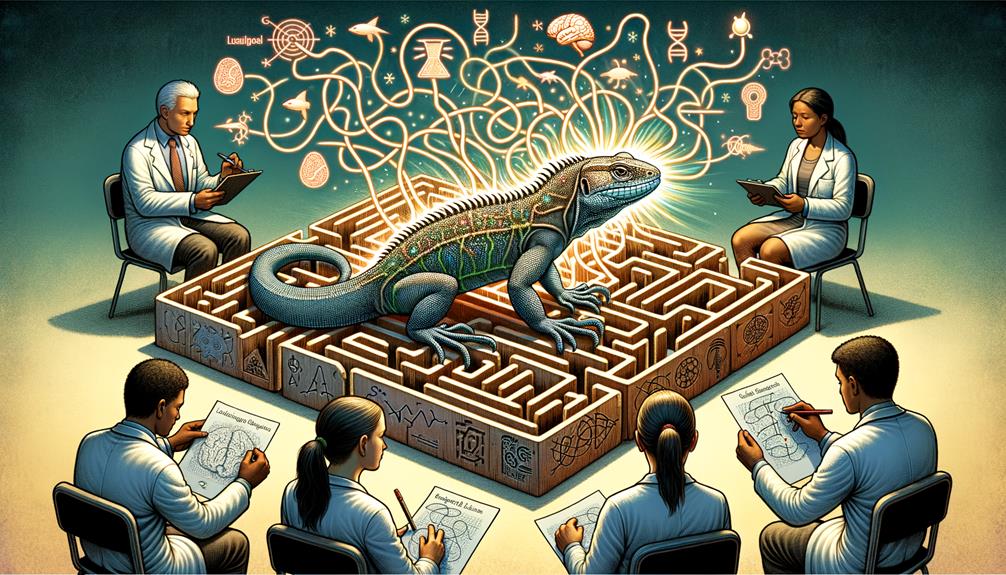
When we think about animal smarts, we often shortchange reptiles. Our human-centered view of intelligence skews how we see other creatures, especially those that don't act like us.
Let's break down why we tend to underestimate scaly critters:
- Human-centric thinking: We often judge intelligence by how closely an animal's behavior matches our own. This narrow view makes us miss the unique mental skills reptiles have.
- Species favoritism: We unconsciously rank animals, putting mammals (especially those that act in ways we see as smart) above reptiles.
- Mental shortcuts: We're prone to noticing information that fits what we already believe – like the idea that reptiles aren't bright – while brushing off evidence that says otherwise.
Movies, TV, and books often paint reptiles as primitive beasts. This portrayal discourages scientists from studying reptile brains, creating a loop of misunderstanding. By questioning these assumptions, we can start to appreciate the wide range of smarts in all kinds of animals.
Debunking Conspiracy Theories
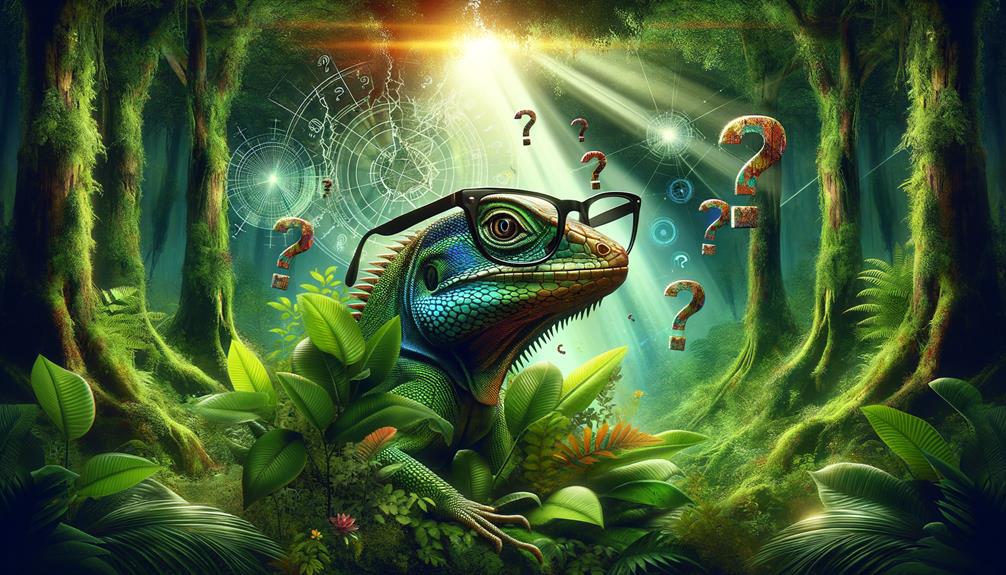
Scientists have thoroughly discredited the reptilian theory, exposing it as a baseless conspiracy. Top biologists and psychologists published research confirming no real evidence supports the idea of reptilian beings. Most reported sightings turn out to be misidentified animals, pranks, or misinterpreted folklore.
We all want to think for ourselves and question the world. But when ideas like the reptilian myth spread, they often carry harmful undertones, including anti-Semitic and racist beliefs. It's crucial to recognize how these notions can spread stereotypes and false information.
Many alleged reptilian sightings actually stem from old stories, which were meant to represent abstract ideas or explain natural events, not describe real occurrences. Sociologists and psychologists have shown how these myths get distorted, feeding into modern conspiracy theories.
My research shows that disproving these conspiracies isn't just about pointing out faulty logic—it's about encouraging critical thinking and resisting manipulation. The published research lays out the facts: reptilian theory is just pseudoscience. Let's stick to facts and free ourselves from these unfounded claims.
Frequently Asked Questions
Is the Reptilian Brain a Real Thing?
Let's peel back the layers of our brains for a moment. At the core, we find what's often dubbed the 'reptilian brain.' It's not just a catchy phrase – this part of our brain is very real and represents our most basic instincts. But don't think of it as a separate entity. It's woven into the complex network of our neural pathways, working alongside other brain regions to shape our behaviors and responses.
This primitive brain area isn't some relic from our distant past. It's an active player in our daily lives, influencing everything from our fight-or-flight responses to our basic survival needs. While it's tempting to think of our brains as neatly divided sections, the reality is far more intricate. Our 'reptilian brain' is just one part of an interconnected system that makes us who we are.
Understanding this primal part of our brain can offer insights into why we react the way we do in certain situations. It's not about unlocking hidden potential or revolutionizing our thinking. Rather, it's about appreciating the complexity of our neural architecture and how it shapes our experiences.
How Intelligent Are Reptiles?
Reptiles possess more smarts than we once thought. Studies have shown tortoises solving mazes and lizards coming up with clever hunting tricks. These cold-blooded creatures can pick up new skills, change their behavior, and even show signs of attachment. It's clear that the old view of reptiles as simple-minded animals doesn't hold up under scrutiny. Their cognitive abilities might not match those of mammals, but they're certainly not the dull, instinct-driven beings we used to imagine. This fresh understanding of reptile intelligence is reshaping how we view these ancient animals and their place in the natural world.
Why Is the Term Reptile Not Scientifically Accurate?
Scientists no longer consider 'reptile' a valid classification. This outdated term groups together animals that aren't as closely related as once thought. It leaves out birds, which actually share ancestors with some so-called reptiles. When we look at how these animals evolved, the old 'reptile' category just doesn't hold up. It's like trying to fit square pegs in round holes – some pieces just don't fit. Modern research shows that the animals we used to lump together as reptiles are much more diverse than this simple label suggests. It's time to rethink how we classify these creatures to better reflect their true relationships and differences.
Are Any Reptiles Self Aware?
Some reptiles, including snakes, show signs of recognizing themselves in mirrors, much like the mythical Narcissus gazing at his reflection. These findings challenge what we thought we knew about animal smarts, suggesting that reptiles might be more self-aware and clever than we once believed. Scientists are still working out what this means for our understanding of how animals think and perceive themselves.
